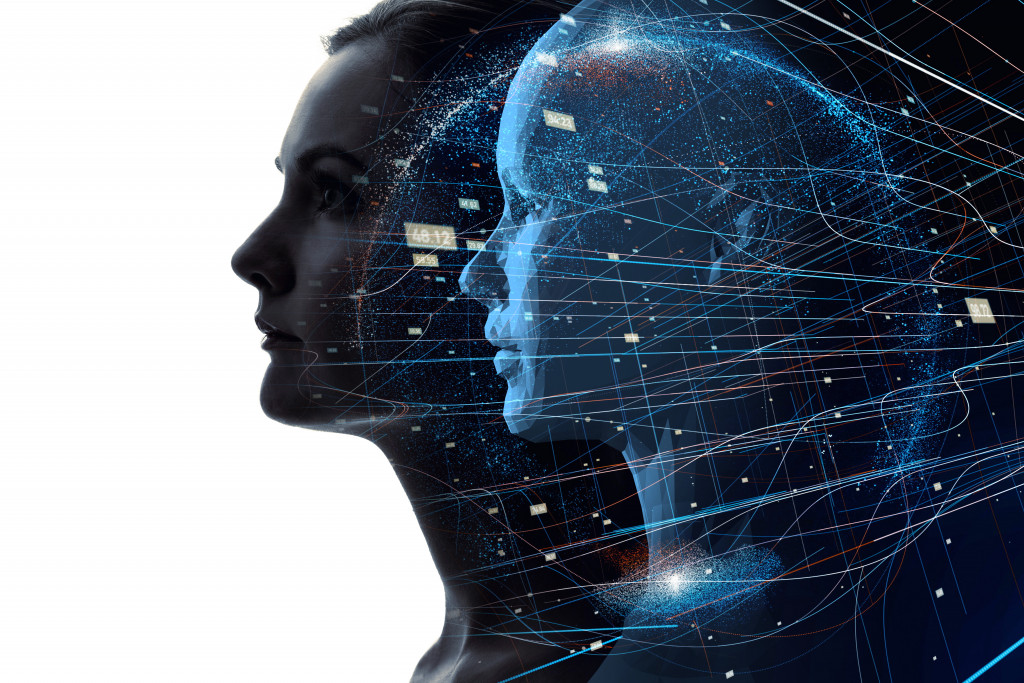New technologies like artificial intelligence (AI), machine learning, other smart technologies are always at the forefront of shaping the world of architecture and engineering. Here are some ways these new tech tools are changing how we design and construct buildings.
Transforming the essentials
Since artificial intelligence (AI) can help humans make decisions through various recommendations, architects will now have at their disposal various helpful suggestions that will be crucial to the design process. Because architects and engineers have to do so much research for every project, AI can step in by providing limitless amounts of data and resources, giving architects more time to research and test various ideas simultaneously. It’s an incredibly convenient way to plan and establish a design without using pen and paper.
One real-life example of this is when an architect has to design a family home. They would need to consider the client’s needs, design language, expectations, and the number of family members. Architects also need to have a keen understanding of zoning laws and regulations that they have to abide by as they construct the home.
With the help of AI, the architect can then pull all the building codes and zoning information at their fingertips and can easily generate different design ideas and variations that follow a specific design language and have numerous options. It will save architects so much time during the research process.
Assisting with parametric design
Parametric design or parametric architecture is a recent buzzword that implies defined by rejecting binary or homogeneous functions in design. It is also about blending various priorities like urbanism, architectural wonders, interior design, and even seemingly unrelated fields like fashion and art. It also implies that all the design elements of the building must be adaptable and interdependent. It’s a concept that draws its inspiration from nature or the idea that our natural world does not necessarily have symmetrical uniformity. Still, everything works together in harmony, supports each other, and doesn’t exist in a vacuum. It also stems from the idea that traditional design has produced rows upon rows of “tiny boxes” that all look alike.
This is where AI steps in to assist with the aims of parametric architecture. Because AI can help architects gather all the pertinent information, the system can then conjure up everything the architect needs to choose their own design output, establish the limitations and constraints, and come up with numerous iterations of the building—all in the space of a few minutes. For example, AI can help architects figure out the best type of composite fencing to incorporate and what design elements can come together to make the design as cohesive and functional as possible.
Making construction easier and faster

More than just the design process, AI can also help the actual construction go faster and smoother. Architects, engineers, and contractors know that when it comes to construction, the teams involved can never be too prepared. An AI can be a powerful tool for ensuring that everyone involved has easy access to all the information and data they need to understand models, interpret the blueprints, establish the environment they want to create, and decide on costs.
There is so much information to consider when it comes to construction, and AI can help inform the architect about all of it in advance to help decrease the design and construction time. Moreover, AI can help construct materials with little to no human help.
At present, the Massachusetts Institute of Technology (MIT) is also developing AI-powered drones that can communicate with each other and assist each other in constructing smaller models. If this research is successful, who knows if it can be developed so that AI-powered machines can one day do the actual building?
Creating smart cities
Another concept that’s making waves in the construction industry is the smart city or the idea of using real-time information and feedback so that cities move like an organism. It will be so that our buildings, cars, smartphones, and other public places will have the ability to communicate with each other to provide people with more convenience, improve our quality of life, increase health and safety, reduce traffic, and limit as much waste as possible.
One of the things we need to admire about humanity is that every time we faced major technological advances, we could develop them and adapt to them. When done right, AI might help us create a better future, starting with better buildings.


